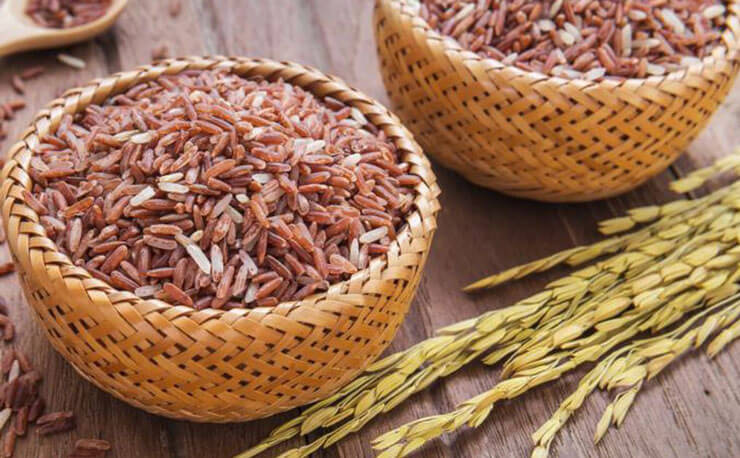The other day I met up with a school buddy, and we chatted for long hours about how age has taken a toll on our health. It’s incredible how he spoke at length about his dangerous cholesterol levels and decided to go the ‘red yeast rice powder’ way. For most of us, the hype about red yeast rice is unknown. Still, firm statements from my friend about the use, efficacy, safety, and awareness about dosage and brands of supplements containing the component convinced me.
The matter is called red yeast rice.
To get to the basics, the substance called red yeast rice is extracted from fermented rice using yeast (Monascus Purpureus). Apart from that, a host of ingredients constitute this powder, which is seen to lower and control cholesterol levels.
To end the confusion of many, red yeast rice is not precisely a subspecies or a type of rice but looks mostly white or brown combined with the yeast strain. During the injection process, the color adopts a reddish hue, which is highly beneficial as food and from a medicinal point of view.
The preparation process
At first, the rice is soaked in plain water so that the grains absorb it all. It can either be sterilized or cooked before the injection, or the latter can occur using a mixture containing powdered red yeast rice and the spores of ‘Monascus Purpureus.’ Ideally, the incubation period lasts 3 to 6 days when the rice is wholly fermented via the yeast. It is then that the rice gets its red color, the exterior being reddish-purple while the interior is a brighter shade of red.
After completely cultured, the rice gets cooked to be sold as a wet paste or dried and pulverized as red yeast rice powder. It is also available in the form of unprocessed dried grain.

Going back in time
History stands testimony to red yeast rice (famous as ‘West Yeast’) as a characteristic of China. Meant mainly for culinary purposes, the product was used as a herb and medicine. If you remember the Tang dynasty of China in the early 800 AD, it dates back to that period. For several centuries, the item was used to treat circulatory and digestive ailments.
When the Western nations adopted the same in the initial years, there wasn’t much recognition. It was later during the 1970s when US and Japanese researchers separated ‘lovastatin’ from ‘Aspergillus’ and ‘monacolins’ from ‘Monascus.’ Strange enough, both showed identical properties, and statin was found to reduce cholesterol levels. In other words, a clear connection between the rice powder and several commercial drugs was established that displayed similarity in treating lousy cholesterol levels.
Impact on the culinary world
Today, we find several food products recommended for patients with cholesterol issues, like red rice vinegar, pickled tofu, and so on. The color of red rice yeast powder comes into play for these food items, including imparting a reddish tinge to a few wines. Think of foods prepared in the Fujian region of China or varieties in wines like Korean rice wine and Japanese sake, and you will know how they derive their color.
The working principle behind the reduction of cholesterol
The culturing process of Monascus Purpureus yeast results in the manufacturing of red yeast rice powder and other supplements. Using carefully controlled temperature and adequate growing conditions, the supplements’ chemical concentration varies, which lowers the blood cholesterol and triglycerides.
Go for it!
At present, you will find red yeast rice powder sold as an over-the-counter product and an alternative to several cholesterol-lessening statin drugs. You might be skeptical like me (I was!) but listening to my friend’s experiences helped me make a better choice. If you wish to avoid the side effects of drugs like excessive muscle pain, lethargy, and the like, it is advisable to choose this powder. But pay attention to the guidelines and dosage before you consume in one go. After all, requirements vary.








